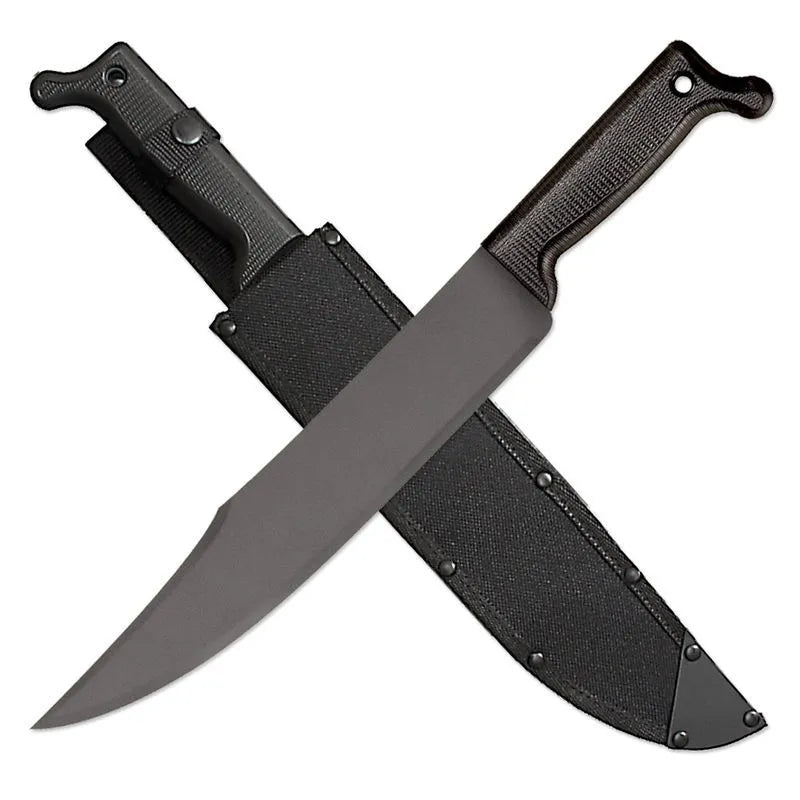
How to Properly Hold a Chef Knife?
Being a chef, you must know how to properly hold a chef knife. Working with a chef knife is the key to perfection in food preparation. It also reduces unwanted kitchen mishaps.
If you have a sharp blade, a well-organized workstation, and the proper grip, you can easily manage a variety of cutting techniques. Knives Hives further explains how to properly hold a chef knife.
Using the Knife
Use your thumb and forefinger to grasp the blade's heel. Hold the knife with your remaining three fingers around the handle. This grip provides better control and stability. It enables more precise and seamless cuts.
Buy the best kitchen knife set!
Gripping the Knife
For safe and effective cutting, a strong yet relaxed grip is essential. A firm grasp guarantees:
-
Improved knife control
-
Enhanced speed and precision of cutting
-
Preventing slippage and lowering the chance of harm.
The Guiding Hand
When cutting, the opposing hand is crucial for directing the food. To guarantee accuracy and safety:
-
Curl your fingertips into a claw shape to avoid accidental bruises.
-
Make use of your fingers' second joint to guide the knife blade.
-
Keep your guiding hand and blade in constant touch.
-
With slight pressure, let the knife's keen edge go quickly through the meal.
Buy the best Bowie knife now!
Organize Your Knife Workspace in the Kitchen
Keeping a tidy kitchen is crucial to further improving your knife abilities. A neat workstation lessens the likelihood of accidents. It reduces distractions. To keep your knife sharp and long-lasting, always keep it clean and in its place.
In addition, use a sharpening device to keep the blade in top shape. It enables more accurate and seamless cuts. Your ability to use knives will become instinctive with practice. It will increase your kitchen's efficiency and safety while sparing you to concentrate on crafting culinary wonders.
The Value of Consistency and Uniformity
Cutting must be done consistently for both appearance and cooking effectiveness:
Appearance
Evenly chopped components improve a food's overall appearance.
Even Cooking
Components of the same size cook at the same pace to avoid overcooking or undercooking.
Cutting Methods: Chopping, Gliding, and Rocking
To get the greatest results, different cutting techniques call for other movements.
Rocking Motion
This motion gently arcs the blade back and forth, making it perfect for chopping herbs.
Gliding Motion
It enables controlled, seamless cuts while slicing and dicing.
Cutting Motion
Direct downward motion works best for coarsely cutting vegetables.
Forceful Thrusting
Use forceful thrusting when slicing through challenging items, such as cheese blocks or thick veggies.
Buy the best skinner knife!
The Bottom Line
Learning how to properly hold a chef knife is the secret to increasing the effectiveness and safety of your cooking. A firm grip, the proper positioning of the guiding hand, and suitable cutting methods ensure precision and uniformity in food preparation. Honing these fundamental abilities may improve your culinary outcomes and kitchen confidence.








